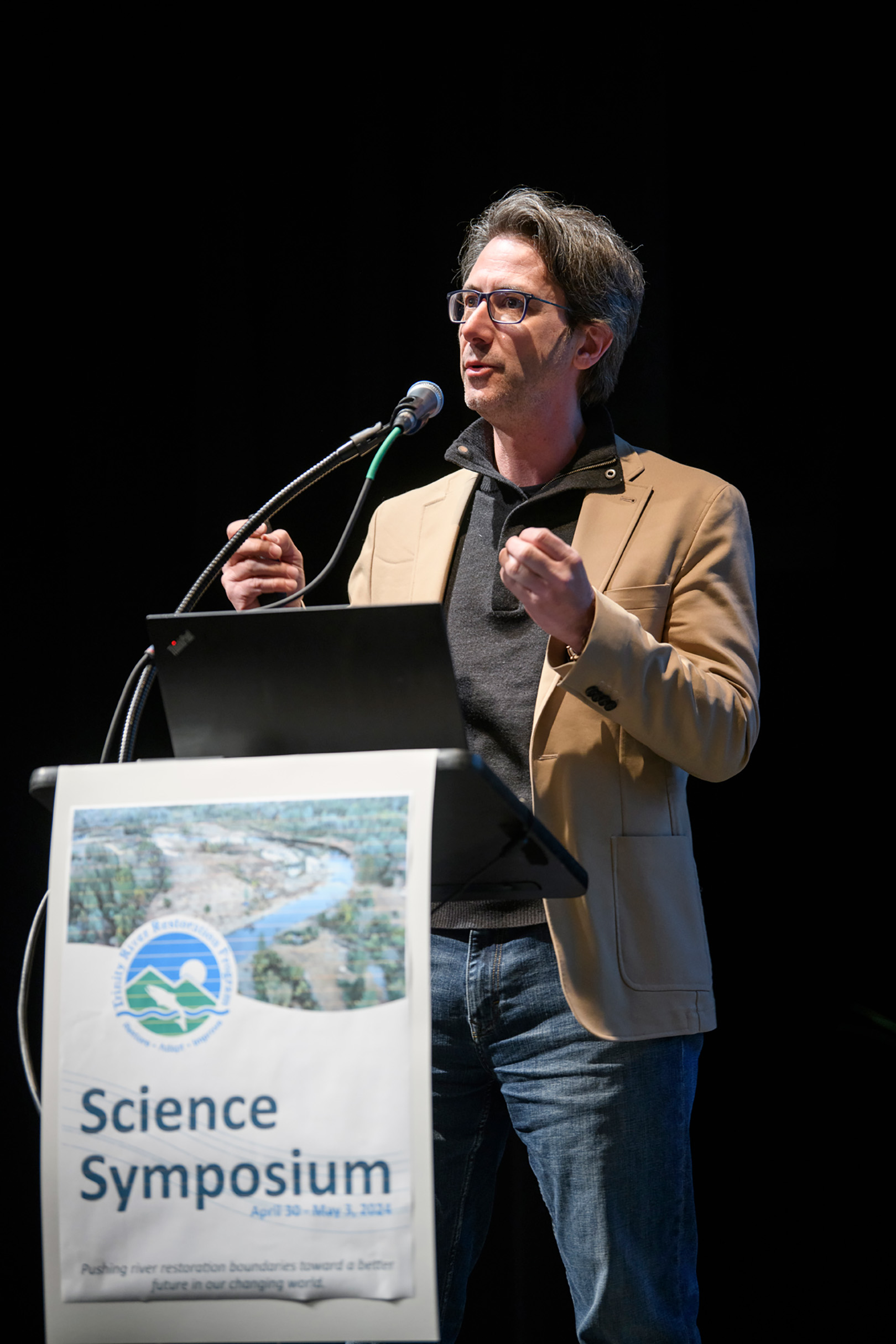Daniele Tonina, Ph.D., P.E., Professor Department of Civil & Environmental Engineering, University of Idaho | Co-Director, Center for Ecohydraulics Research | Science Advisory Board Member

Daniele Tonina joined the Center of Ecohydraulics Research and the Department of Civil & Environmental Engineering in 2009. Natural environments are complex systems that require a holistic approach for synthesizing physical and biological processes. He follows this approach in his research, which can be broadly defined as ecohydrology. His research interests are in identifying and modeling linkages between physical processes and biological systems. This line of research improves our knowledge and ability to manage and protect river basins, water supplies, and riverine ecosystems, and thus forms an important basis for new public policy, urban development, and engineering designs. His research is not focused on one subject, but it examines the connection and interaction of different components that form a natural system.
His interests include surface and ground water processes and the interface between these two major systems — the hyporheic zone. In subsurface hydrology, he has investigated solute transport in heterogeneous formations with a stochastic approach. In surface waters, he is interested in sediment transport, river morphology response to disturbances and their effect on solute mixing and the aquatic habitat. He is particularly interested in surface-subsurface water interaction and its implications for ecosystems and water quality. He has been investigating how these interactions affect nutrient cycles, in-stream self-cleaning processes, both of which address engineering needs and answer ecological questions on how to manage and protect water resources. He is interested in defining the importance of hyporheic flow in different environments and under changing conditions. He is currently collaborating on the evaluation of a new airborne green lidar technology for surveying both terrestrial and aquatic systems (EAARL systems). This tool will provide extremely accurate topographic data of river networks and their surrounding riparian and floodplain zones and will support new research in river network evolution and structure, aquatic and terrestrial habitats, and surface processes.
2024 Science Symposium Presentation
Nitrification/denitrification, temperature and dissolved Oxygen changes within the hyporheic zone and emissions of greenhouse gases.
Day 3 of the Trinity River Restoration Program Science Symposium covered Physical Channel Form. Listen in as Daniele Tonina, Ph.D., P.E., gives his presentation titled, Nitrification/denitrification, temperature and dissolved Oxygen changes within the hyporheic zone and emissions of greenhouse gases.
